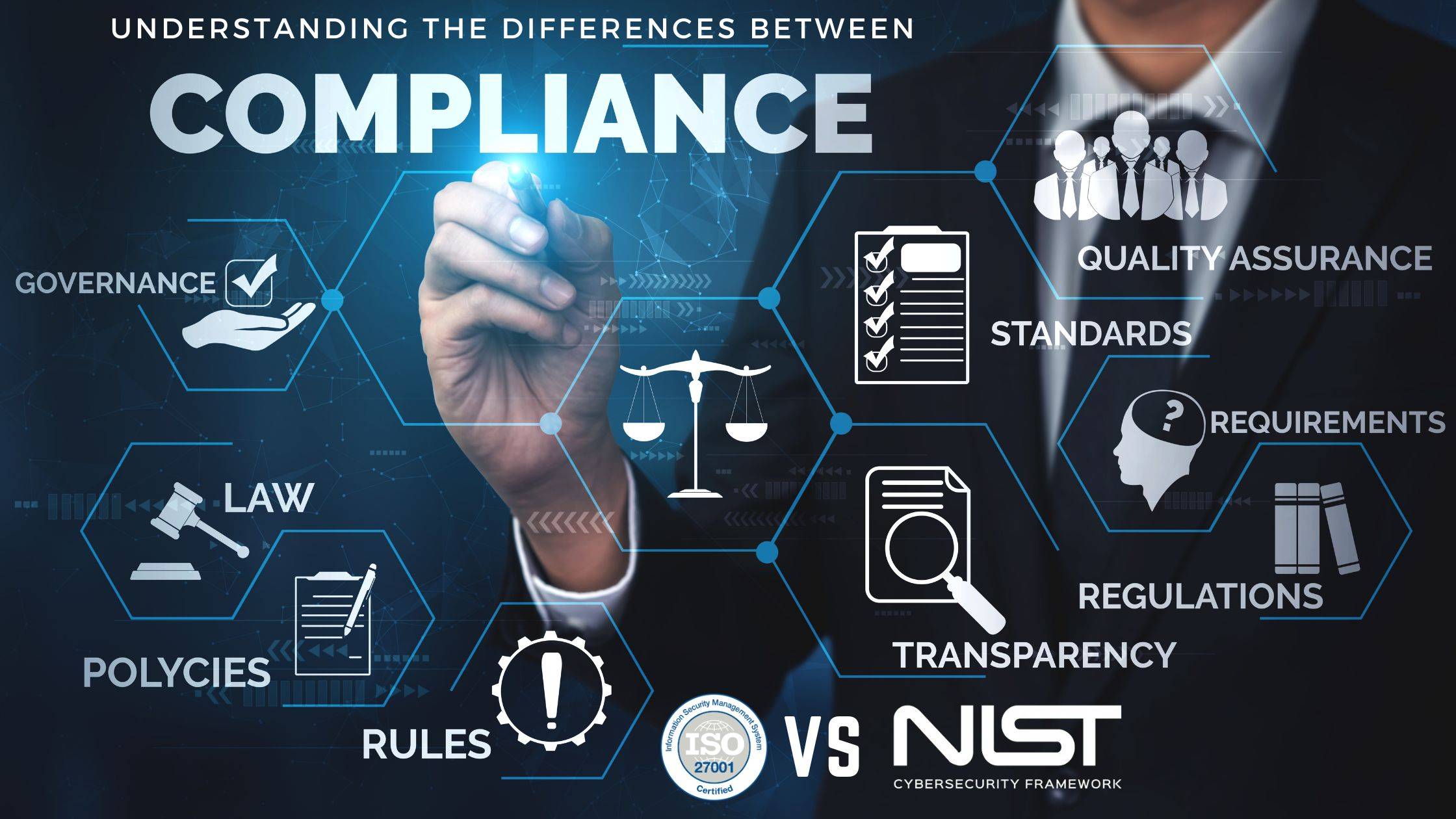Have you ever wondered just how secure your APIs really are? In today’s digital landscape, securing APIs is not just a necessity—it’s a responsibility. As a backend developer, ensuring your APIs are secure can make the difference between a smooth-running application and one vulnerable to attacks. Let’s dive into some essential strategies that can help you protect your APIs effectively.
Understanding the Basics of API Security
When it comes to securing APIs, there’s no one-size-fits-all approach. Each project is different, requiring tailored security measures. However, there are fundamental practices that every backend developer should implement.
One of the first things I’ve learned is the importance of token management. Tokens are like digital keys that grant users access to your API, and managing these tokens correctly is crucial. Using strong, randomly generated tokens and implementing short expiration times can minimize the risk of unauthorized access. It’s like locking the door and changing the locks regularly to keep intruders out.
Another essential practice is encryption. Encrypting data in transit ensures that even if a malicious actor intercepts the data, they can’t read it. It’s like sending a coded message that only the intended recipient can decode. Tools like HTTPS and Transport Layer Security (TLS) are your best friends here, providing a robust layer of security that’s relatively easy to implement.
Implementing Rate Limiting
Have you ever been on the receiving end of a brute-force attack or a denial-of-service (DoS) attempt? It’s a nightmare, but there’s a way to mitigate such risks—rate limiting. Rate limiting controls how many requests a user can make to your API within a certain timeframe, preventing them from overwhelming your system.
Think of rate limiting as a security checkpoint that only allows a certain number of visitors through at a time. This not only protects your backend from abuse but also ensures that legitimate users experience smooth, uninterrupted service. Implementing rate limiting is particularly important for developers working in high-traffic areas like Lagos, where user demand can be intense.
Authentication and Authorization
Securing an API doesn’t stop at encryption and rate limiting. Another critical layer of security is authentication and authorization. While authentication verifies the identity of a user, authorization ensures that the user has the right to access specific resources.
In my experience, using OAuth 2.0 for authentication and authorization is a robust choice. It provides a secure way to allow third-party applications to access your API without exposing user credentials. This is especially useful in Nigeria’s tech hubs like Abuja and Ibadan, where developers often work on integrating multiple services into a single application.
Monitoring and Logging
Security isn’t a set-it-and-forget-it task—it’s an ongoing process. That’s why monitoring and logging are essential. By keeping a close eye on API usage and maintaining detailed logs, you can quickly detect and respond to suspicious activity. It’s like having a security camera watching over your API, ready to alert you at the first sign of trouble.
Regularly reviewing these logs can also help you identify patterns or potential vulnerabilities before they become serious issues. Whether you’re working on a project in Port Harcourt or any other tech hub, proactive monitoring can be the key to maintaining a secure API in the long run.
Conclusion
Securing APIs is a multifaceted challenge, but by implementing strategies like token management, encryption, rate limiting, authentication, and ongoing monitoring, you can significantly reduce the risk of breaches. Remember, the security of your API is not just about protecting your code—it’s about safeguarding the trust your users place in your application.
Ready to take your backend skills to the next level? Explore our courses designed for backend developers at various levels.
Whether you’re in Lagos, Abuja, or anywhere in Nigeria, our programs are tailored to equip you with the knowledge and tools you need to succeed. Visit our website and secure your spot today!









As a backend developer, I really appreciate how you’ve emphasized the importance of API security here. Token management, encryption, and rate limiting are all critical aspects, and your analogy of tokens as digital keys really simplifies the concept. I particularly liked how you touched on OAuth 2.0 for authentication and authorization – it’s a go-to for many of us when securing APIs. Plus, your reminder that monitoring and logging are essential for maintaining security is spot-on. Great post that highlights practical, real-world strategies for backend developers!
Thank you for the thoughtful comment, CYBERBUDDIES really appreciate it! If you’re interested in brushing up your skills or taking another tech course, feel free to register for our upcoming Bootcamp. Would love to have you on board!
Nice article!